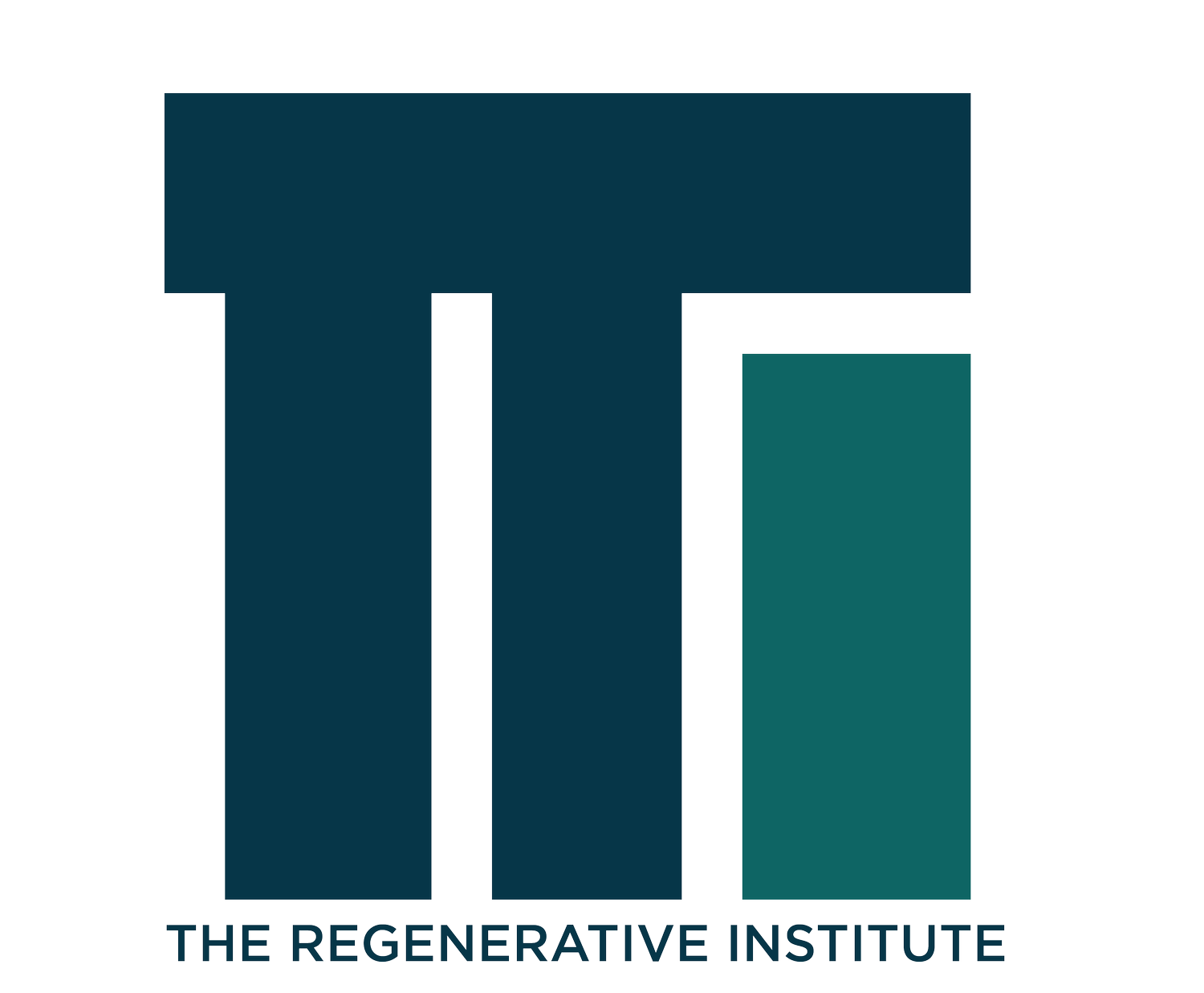The Science Behind Regenerative Medicine
At The Regenerative Institute, we’re committed to helping you recover naturally and effectively. Our therapies harness the body’s innate ability to heal itself, offering a holistic approach to recovery and pain management. Treatments like Platelet-Rich Plasma (PRP), Prolotherapy, and Osteopathic Manipulative Treatment (OMT) are designed to accelerate healing, restore function, and promote long-term wellness. But how do these treatments work? Let’s take a closer look at the science behind them.
Platelet-Rich Plasma (PRP): Healing from Within
Platelet-Rich Plasma (PRP) is one of the most exciting advancements in regenerative medicine. It uses your body’s own platelets—small cells that play a key role in tissue repair and healing. Here's how it works:
How It Works: During a PRP treatment, we take a small sample of your blood and process it in a state-of-the-art centrifuge to concentrate the platelets. This concentrated plasma, rich in growth factors, is then injected into the injured or damaged area.
The Mechanism: Platelets are crucial to the body’s healing process. When they are injected into a specific area, they release growth factors that stimulate tissue regeneration, reduce inflammation, and accelerate the healing of tendons, ligaments, and muscles. This makes PRP particularly effective for conditions like tendonitis, arthritis, and chronic joint pain.
Why It Works: By delivering a high concentration of platelets directly to the injured area, PRP triggers the body’s natural repair mechanisms, leading to faster healing and improved function. It works with the body’s biology, amplifying the healing process and improving tissue health over time.
Prolotherapy: Stimulating the Body’s Repair Response
Prolotherapy, also known as proliferative therapy, is another powerful regenerative medicine treatment. It involves the injection of a natural irritant into damaged tissues to stimulate healing.
How It Works: Prolotherapy typically uses a dextrose solution, though other substances may be used, to irritate the injured area. The injection is strategically placed in ligaments, tendons, or joints that are causing pain or dysfunction.
The Mechanism: The irritant causes a localized inflammatory response. This inflammatory reaction signals the body to send in healing cells, like fibroblasts and collagen, to repair and strengthen the damaged tissues. Over time, this promotes the growth of new, healthy tissue.
Why It Works: Prolotherapy works by essentially ‘rebooting’ the body’s natural healing process. The inflammatory response is an essential part of tissue repair, and by stimulating this process, prolotherapy helps to rebuild and strengthen damaged tissues that have not healed properly on their own.
Osteopathic Manipulative Treatment (OMT): Aligning the Body for Optimal Healing
Osteopathic Manipulative Treatment (OMT) is a hands-on approach to healing that focuses on diagnosing, treating, and preventing various conditions through the manipulation and mobilization of the body's muscles and joints.
How It Works: Using a range of techniques, from stretching and gentle pressure to more direct manipulation, OMT aims to improve the body’s alignment, function, and circulation. This helps promote natural healing by enhancing the body’s ability to respond to injuries and repair itself.
The Mechanism: When your body’s musculoskeletal system is misaligned, it can lead to tension, restricted movement, and increased pain. OMT works to restore normal movement, reduce strain on tissues, and improve blood flow to the affected areas. Better circulation means better delivery of nutrients and oxygen to tissues, which supports the body’s repair mechanisms.
Why It Works: OMT addresses the root cause of many musculoskeletal issues by improving alignment and relieving tension. This creates a more balanced body, improving overall function and allowing the body to heal more effectively. It’s a non-invasive, drug-free approach that taps into the body's own ability to heal, making it a powerful complementary therapy for a variety of conditions.
Why These Therapies Are Effective for Long-Term Recovery
The key to the effectiveness of PRP, Prolotherapy, and OMT lies in their ability to tap into the body’s natural healing processes. Rather than masking symptoms with medication or relying solely on surgery, these treatments focus on stimulating the body’s regenerative capabilities. Here's why they work:
Promoting Healing at the Cellular Level: All three treatments target the cellular and tissue level, where healing begins. Whether it’s through growth factors, stimulating inflammation, or improving circulation, these therapies encourage the body to heal naturally from within.
Long-Term Results: By promoting true tissue regeneration and healing, these therapies can lead to more permanent recovery. Unlike traditional treatments that may offer temporary relief, regenerative therapies are designed to restore the body’s function and structure, reducing the risk of long-term pain or recurring injuries.
Non-Surgical, Minimal Downtime: One of the biggest advantages of these treatments is that they are minimally invasive. Unlike surgery, they involve little to no downtime, allowing patients to return to their daily lives quickly while still benefiting from long-term recovery.
Final Thoughts
Regenerative medicine is changing the way we approach healing and recovery. By harnessing the body’s natural ability to repair itself, treatments like PRP, Prolotherapy, and Osteopathic Manipulative Treatment offer powerful solutions for chronic pain, musculoskeletal injuries, and overall wellness.
If you're seeking a more natural, long-term approach to healing, these treatments could be the solution you've been looking for. By partnering with your body’s natural healing processes, you can get back to living pain-free and feeling your best.
Ready to learn more or schedule a consultation? Contact us today, and let’s start your journey to healing together!




